Baba Ghannouj: A Flavorful Journey Through Global Spice Traditions
Spices have always been the heartbeat of global cuisine, bringing cultures together through flavor, aroma, and tradition. One dish that stands out for its rich history and deep cultural roots is Baba Ghannouj. This creamy eggplant dip has traveled far and wide, adapting to local tastes while retaining its essence. In this article, we’ll explore the origins, variations, and tips for making the perfect baba ghannouj, all while diving into the world of spices that make it so special.
Table of Contents
- What is Baba Ghannouj?
- The Cultural Significance of Baba Ghannouj
- Global Variations of Baba Ghannouj
- Top 5 Spices That Elevate Baba Ghannouj
- Practical Tips for Making Perfect Baba Ghannouj
- Buying Guide: Choosing the Best Ingredients
- Conclusion
What is Baba Ghannouj?
Baba Ghannouj, also known as baba ghanoush, is a beloved Middle Eastern dip made from roasted eggplant, tahini, lemon juice, garlic, and olive oil. The name translates to "father of the eggplant", a nod to its richness and depth of flavor. It's often served with pita bread, fresh vegetables, or as a side to grilled meats. But what makes it stand out is not just its taste, but the way it reflects the spice traditions of the region.
The Cultural Significance of Baba Ghannouj
Baba Ghannouj is more than just a recipe—it’s a symbol of hospitality, tradition, and shared meals. In many Middle Eastern homes, it’s a staple at gatherings, weddings, and family dinners. Its presence on the table tells a story of connection and community. But the spices used in baba ghannouj also reflect the region’s long history of trade and culinary exchange.
Spices like cumin, coriander, sumac, and za’atar are commonly used to enhance the dip’s flavor profile. These ingredients are not only aromatic but also carry deep cultural meanings. For example, cumin is believed to aid digestion, while sumac adds a tangy brightness that balances the creaminess of the eggplant.
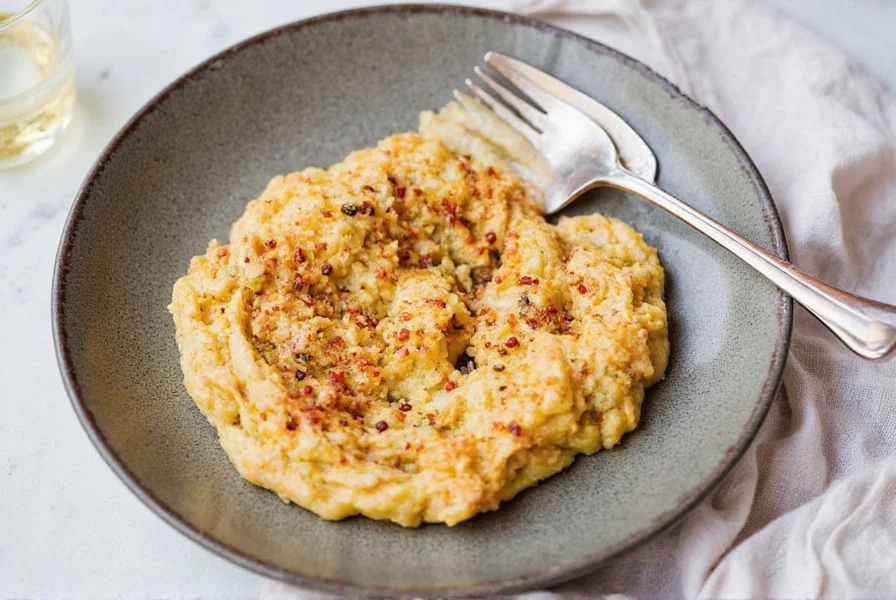
Global Variations of Baba Ghannouj
While baba ghannouj has its roots in the Middle East, it has evolved in different parts of the world, each adding their own twist. Here are some popular global variations:
- Lebanese Baba Ghannouj: Typically includes garlic, lemon, and tahini, with a smooth texture.
- Israeli Baba Ghannouj: Often uses more garlic and sometimes adds parsley or dill.
- North African Baba Ghannouj: May include harissa or preserved lemons for extra heat and complexity.
- Modern Fusion Versions: Chefs around the world experiment with ingredients like avocado, smoked paprika, or even vegan alternatives.
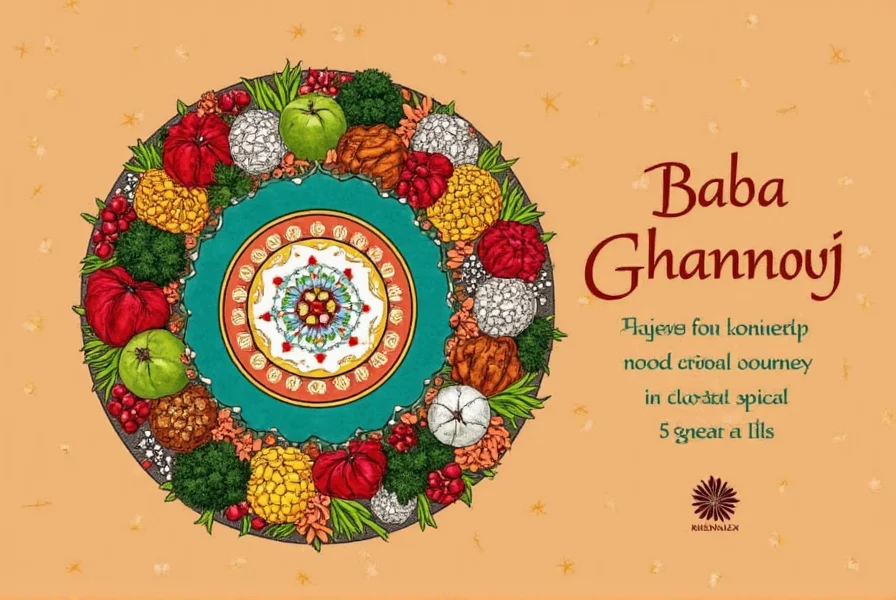
Top 5 Spices That Elevate Baba Ghannouj
The right spices can transform baba ghannouj from good to unforgettable. Here are five must-have spices that take this dish to the next level:
| Spice | Flavor Profile | How It Enhances Baba Ghannouj |
|---|---|---|
| Cumin | Earthiness, warmth | Provides depth and a smoky undertone |
| Coriander | Lemony, citrusy | Complements the tang of lemon juice |
| Sumac | Tart, sour | Brings a bright contrast to the creamy texture |
| Za’atar | Herby, savory | Offers a fragrant, complex finish |
| Smoked Paprika | Earthy, smoky | Creates a rich, layered flavor |

Practical Tips for Making Perfect Baba Ghannouj
Making baba ghannouj at home is easier than you think. Here are some practical tips to ensure your version is delicious and authentic:
- Roast the Eggplant Properly: Roasting gives it a deeper, smokier flavor. Use a grill or oven for best results.
- Use Fresh Tahini: Avoid pre-made versions that may contain added sugar or oil. Look for natural, cold-pressed options.
- Adjust the Consistency: If it’s too thick, add a bit of water or olive oil. If too runny, add more eggplant or lemon juice.
- Experiment with Spices: Don’t be afraid to play with different combinations. Some people love a little chili, others prefer a milder version.
- Let It Rest: Allow the dip to sit for at least 30 minutes before serving. This helps the flavors meld and intensify.
Buying Guide: Choosing the Best Ingredients
To make the best baba ghannouj, start with high-quality ingredients. Here’s a guide to help you choose the right ones:
1. Eggplant
Look for firm, glossy eggplants without bruises or soft spots. Larger ones tend to be more tender and less bitter.
2. Tahini
Choose unsweetened, cold-pressed tahini for a richer, nuttier flavor. Brands like Sabra or Soohi are popular choices.
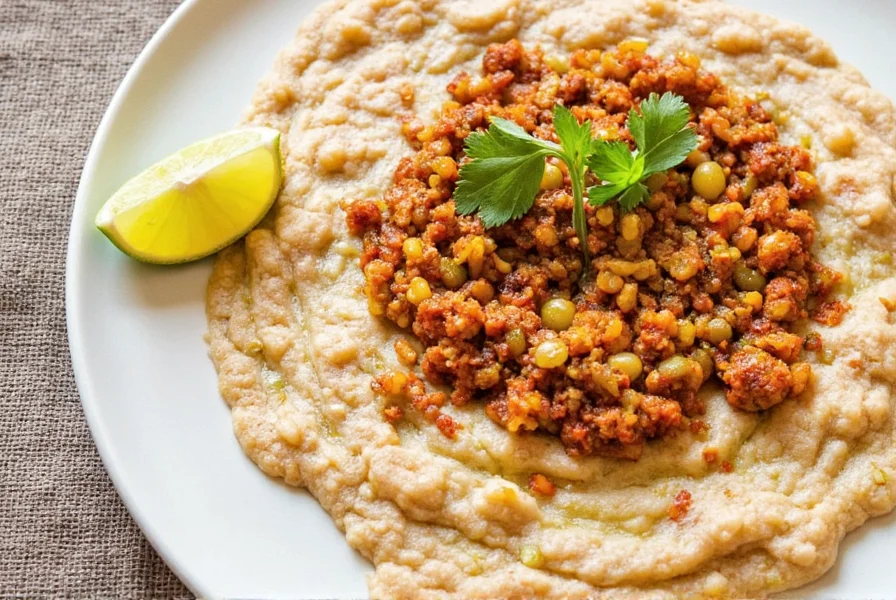
3. Lemon Juice
Use fresh lemon juice for maximum acidity and brightness. Bottled versions can be too weak or artificial.
4. Spices
Opt for whole spices when possible, as they retain more flavor. Grind them yourself for freshness.
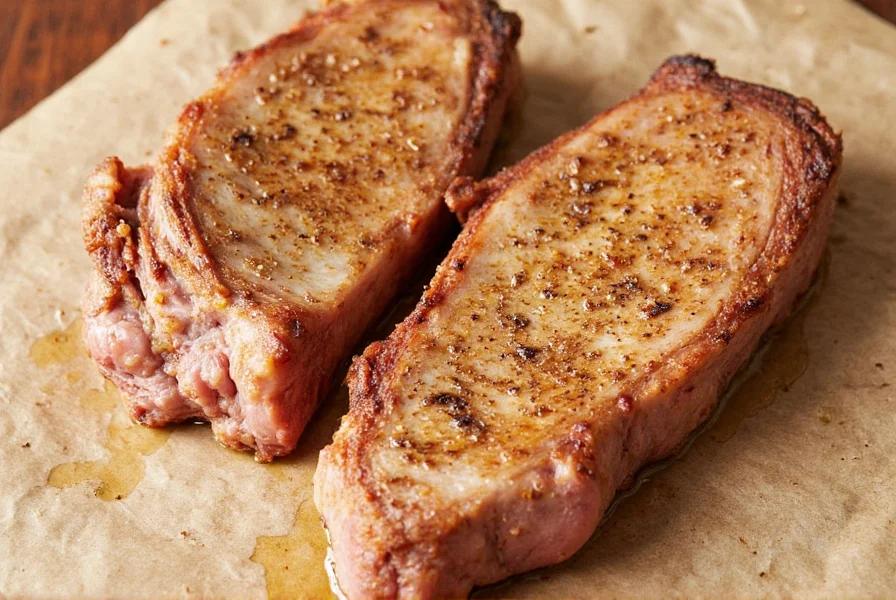
5. Olive Oil
Extra virgin olive oil is ideal for its robust flavor. Choose a high-quality brand that complements the other ingredients.
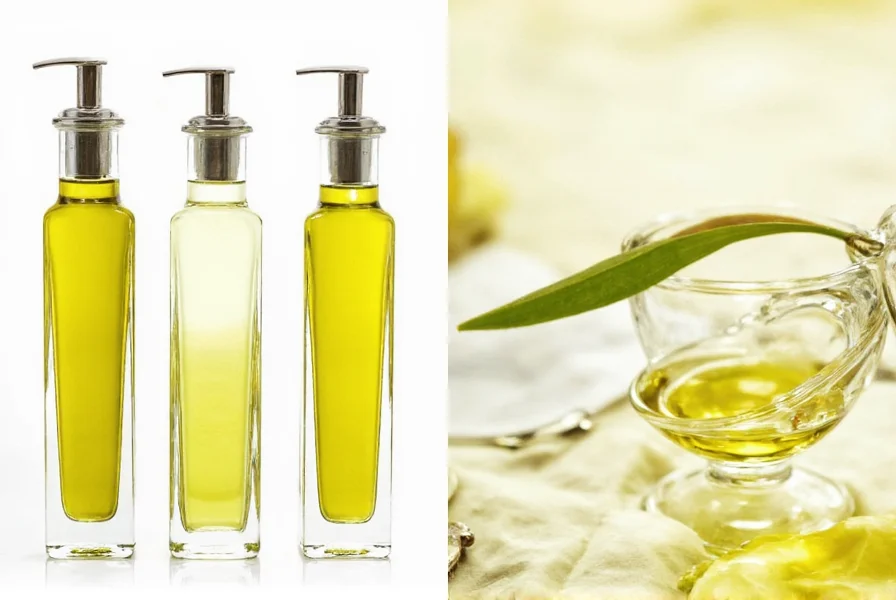
Conclusion
Baba Ghannouj is more than just a dip—it’s a celebration of spice, culture, and tradition. Whether you’re an amateur enthusiast or a seasoned chef, experimenting with this dish offers a window into the diverse world of global spice traditions. From the smoky depths of cumin to the zesty kick of sumac, every ingredient tells a story. So next time you reach for a bowl of baba ghannouj, remember that you're tasting centuries of culinary heritage in every bite.

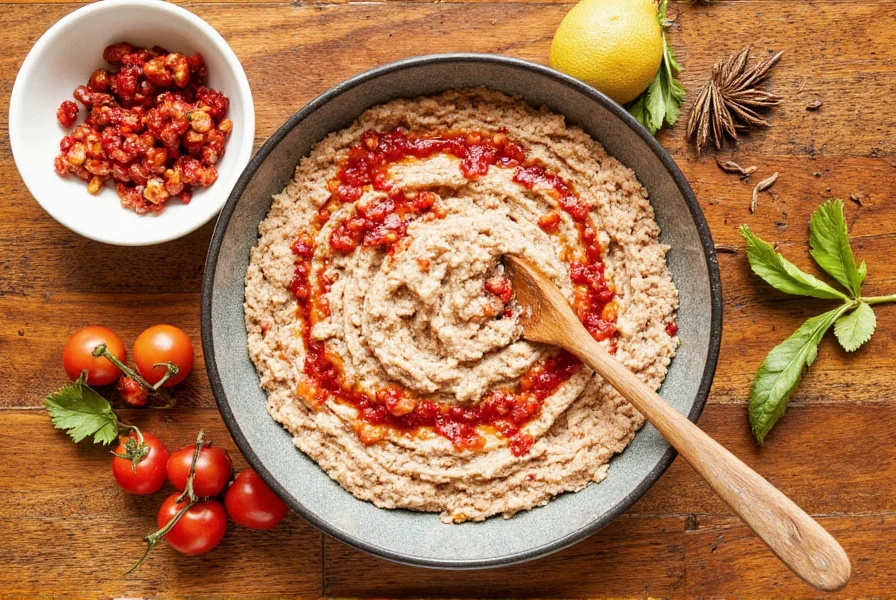









 浙公网安备
33010002000092号
浙公网安备
33010002000092号 浙B2-20120091-4
浙B2-20120091-4